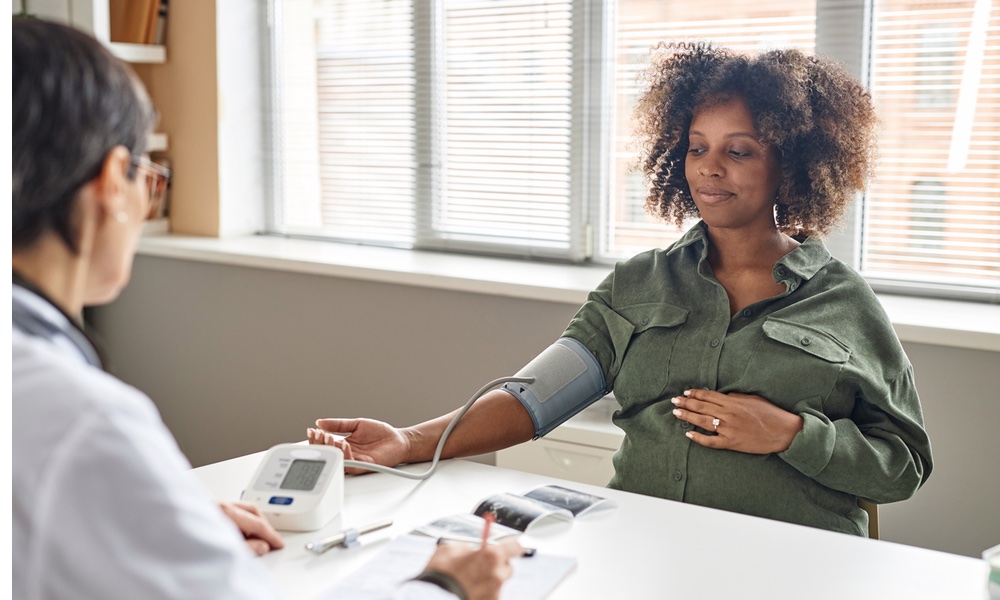The COVID-19 pandemic has led to a sharp increase in telemedicine — doctor visits by video or phone. While some patients have adapted well, many older adults have been left behind, essentially cut off from medical care.
Estimates are that more than a third of adults 65 and over face potential problems seeing their doctor via telemedicine, particularly older, low-income men in remote or rural areas. Those with disabilities or in poor health related to diseases like diabetes — patients who require ongoing monitoring by medical personnel, but may not need or easily be able to make an office visit — face the biggest challenges, according to a University of California, San Francisco study.
The greatest difficulties seniors faced were with video visits, but even telephone visits pose a problem for many patients — 20 percent of them in the study.Insurance regulations will also need to change, with telecommunication devices such as smartphones and tablets that make telemedicine possible becoming covered as a medical necessity.
There are a number of reasons why seniors' find telemedicine hard to deal with. Some are physical or sensory; some are technological. Many older patients suffer from multiple disabilities, including poor eyesight or hearing, difficulty speaking or making themselves understood. And even today, some lack Internet-enabled devices.
The average patient in the study was nearly 80 years old. Those likeliest to experience problems were older, male, unmarried, Black or Hispanic, lived rurally or had less education, lower income or were in poorer health. The situation may have improved since the information was gathered in 2018. But simply hoping for this will not guarantee the elderly access to health care, especially if the current pandemic is prolonged. More needs to be done to ensure that they do have access.
We can help seniors overcome their technical inexperience by making telemedicine better suited to them and any disabilities they may have, the authors say. They offer a number of recommendations.Nearly 40 percent of all older adults in the United States were not ready for video visits.
As telemedicine becomes more common, insurance regulations will also need to change, the study suggests, with telecommunication devices such as smartphones and tablets becoming covered as a medical necessity, especially for the poor.
For more information, see the article in JAMA Internal Medicine.





